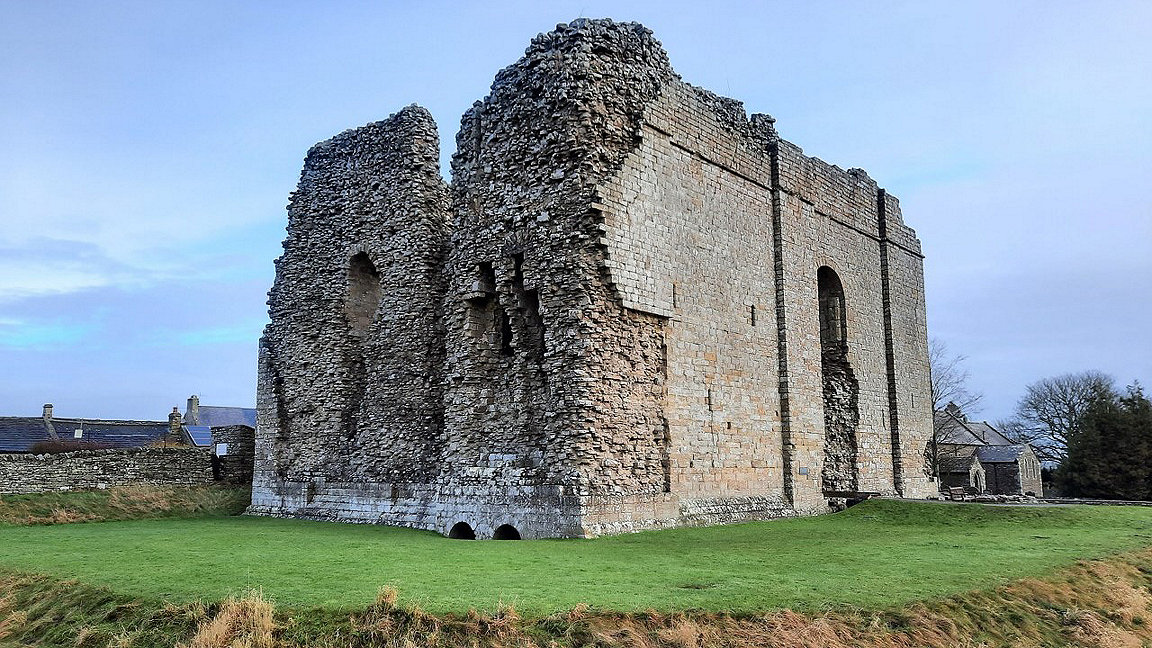
Bowes Castle, County Durham
Why become RICS accredited in building conservation?
-
Professional status – market yourself with use of an exclusive logo
-
Access to work – many funding bodies and owners of heritage assets prescribe or expect professionals to have accreditation
-
Recognition – clients and employers can be assured of your standards, maintained by a regulatory system of quality assurance
-
Promotion – your details are listed on the RICS website
-
Support and networking – you have access as an accredited member to the Building Conservation Forum
Find out more about the RICS Building Conservation Accreditation
Florence Spaven MRICS
I have been interested in historic buildings for as long as I can remember. However, it was during my geography degree at the University of Oxford that I started to explore heritage further.
I took an optional heritage and conservation science module, which led on to an MSc in the conservation of historic buildings at the University of Bath. My research projects included investigating the redevelopment of a Victorian asylum and the role of crowdfunding in building conservation.
Following my studies, I initially worked as a buildings archaeologist before joining the National Trust as a building surveyor. I have recently taken up a post as national project manager with English Heritage, in which I am leading projects at Helmsley Castle, Gainsborough Old Hall and Rufford Abbey.
I have worked with historic buildings for much of my career, so gaining the RICS Building Conservation Accreditation had been an aspiration for some time. After I became chartered in 2019, the accreditation seemed a logical next step, and I completed it in October 2020.
The scheme offered an opportunity to refine my knowledge and demonstrate my commitment to a high standard of building conservation. In turn, I believe that accreditation opens up opportunities for career progression as well as further learning and development, as part of a specialist professional network.
Still, I found starting the accreditation difficult: committing to the scheme seemed a daunting prospect alongside full-time work and other responsibilities. As with many undertakings of this nature, starting the process is the most difficult part, but, while furloughed in early 2020, I eventually began.
'Accreditation opens up opportunities for career progression as well as further learning and development, as part of a specialist professional network'

Application and portfolio
The first step for me was to review recent projects to ascertain which examples might best demonstrate the four competencies required for accreditation: Building pathology, Conservation philosophy, Construction technology and environmental services, and Project management.
At this stage in my career, I was initially concerned that I lacked experience of larger, higher-value conservation projects. However, after discussion with fellow professionals who had already completed the scheme, I felt reassured. While small in scale, the examples I included had their complexities and were a good representation of a reasoned approach to conservation.
My portfolio included, for example, a case study on the refurbishment of a grade II listed fisherman’s cottage on the Northumberland coast, exploring how to assess the significance and impact of proposals and the way they shaped my specification.
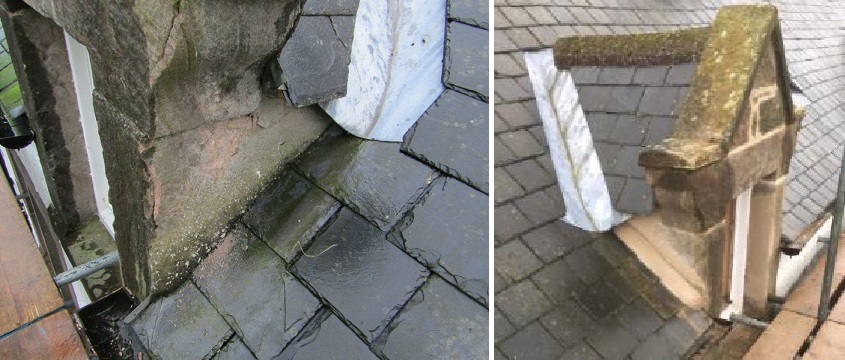
In other case studies, I focused on defect diagnosis and remedial works at a grade I listed castle and non-designated historic cottage; my submission examined the process from client brief through to inspection, including specification of remedial works and project management.
Another case study addressed my decision-making in the process of reroofing a grade II listed residential property, with key issues including the presence of bat roosts, incorporating ventilation to the required standard and carrying out quality control.
For a final case study – for which a research project is accepted – I took the opportunity to present an archaeological building report which I had prepared to discharge a condition on listed building consent for a grade II listed medieval barn, as a means of mitigating any loss of heritage significance because of the proposals.
All of my case studies were examples of projects in which I had been heavily involved (see photos), usually as a surveyor or project manager. This meant I knew them very well – which is a huge help at the interview stage of the accreditation process. They were also projects that I genuinely found interesting and, in writing about and discussing them, I was able to demonstrate this.
Interview
In preparing for the interview, I gave myself time to refresh my understanding of each case study – for example, technical details and the philosophy behind my decisions – when considering possible questions and answers. It is worth mentioning that there were aspects of each project that didn't go well, and, in my view, it is valuable to give a realistic representation of this in the submission, and to be able to discuss what you have learnt from experience.
The other key part of interview preparation is the presentation. The brief, which requires you demonstrate your understanding of the principles and applications of building conservation in just 10 minutes, does offer room for interpretation. For me, the priority was to make the presentation interesting and specific to my experience and interests.
While I traced the development of conservation, key principles and challenges, I regularly referred to examples of my own work. Before the interview, I made time to rehearse my presentation to others – whether they wanted to hear it or not – which helped to identify areas to be improved and any likely questions that might come up.
I was certainly apprehensive before the interview because it's difficult to know what to expect, particularly sitting it virtually during the COVID-19 pandemic, and the breadth of possible topics can seem huge. In all honesty, though, I enjoyed it – the assessors were interested in my work and supportive of my answers, and this resulted in a productive and positive conversation on topics of mutual interest.
The future
Since achieving accreditation, I have started a new role at English Heritage as National Project Manager, in which I am closely involved in conservation works to various historic sites. I have no doubt that the RICS Building Conservation Accreditation was beneficial in securing this role.
'For me, the priority was to make the presentation interesting and specific to my experience and interests'
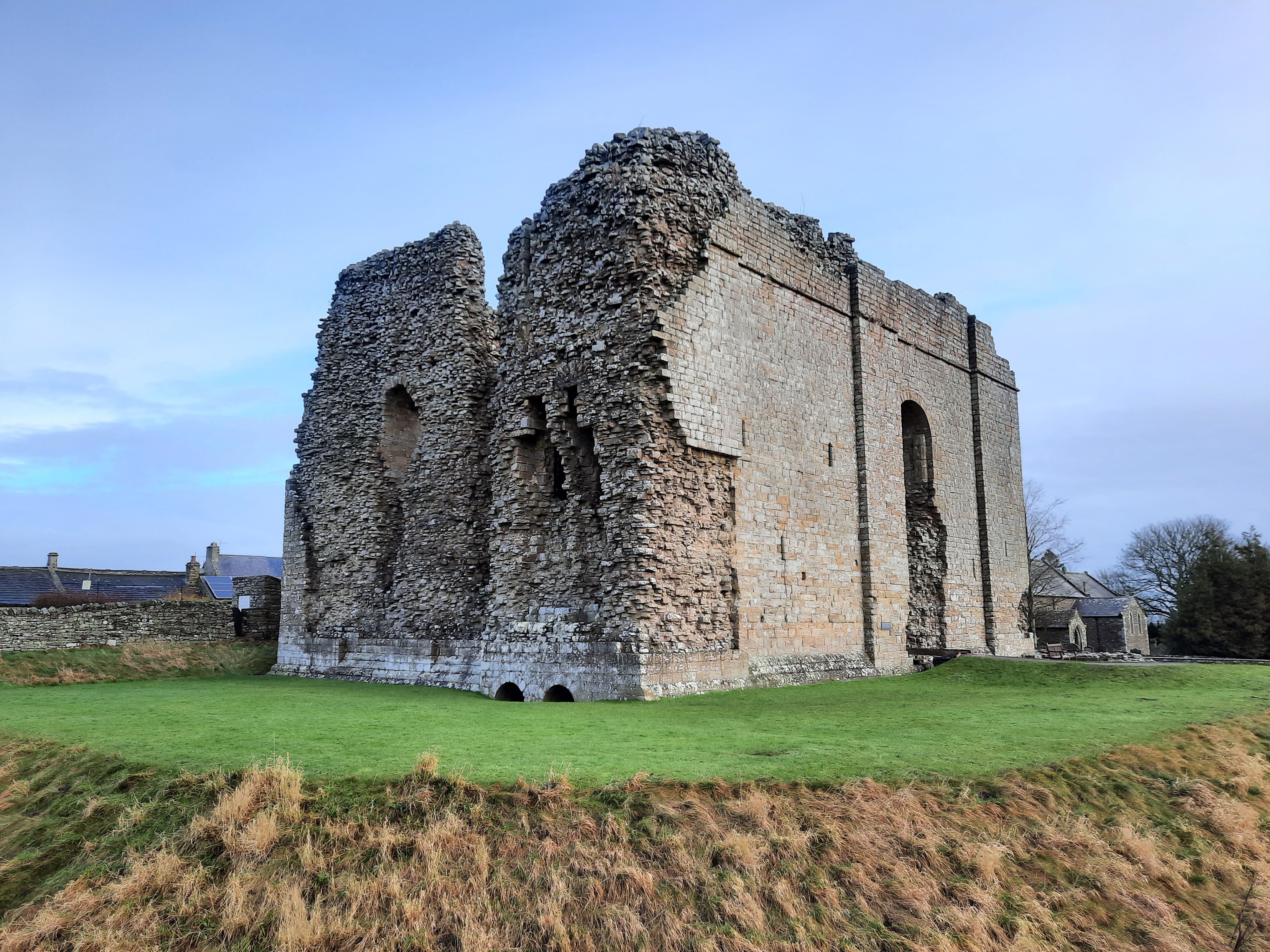
If you are a chartered surveyor with experience in building conservation, I would certainly recommend the scheme. I am particularly grateful to have gone through the process alongside two other candidates – Rachael Parry and Ruth Mitchell – with support from Nick Dutton, lead building surveyor for London and the South East of England at the National Trust. Sharing ideas, concerns and support with peers is invaluable for accreditation, as it is across the profession more widely.
I now look forward to remaining part of the scheme, as a member of the RICS Conservation Steering Group and as a mentor for current and future candidates.
Florence Spaven MRICS is a national project manager at English Heritage
Contact Florence: Email
Rachael Parry MRICS
I have been fortunate to have worked in conservation all my career. Four years ago, however, I changed direction from being a conservation officer and completed a postgraduate diploma in building surveying at the University of the West of England.
Following this, I was appointed as an assistant building surveyor at the National Trust and became a chartered surveyor by taking the APC.
Working at the National Trust inevitably means most of my projects include traditional buildings. So I felt the next step would be to become accredited to endorse my experience, skills and knowledge.
'The feedback we had from others who had been through the process showed that everyone has a different experience. Preparing for most eventualities is the only option'
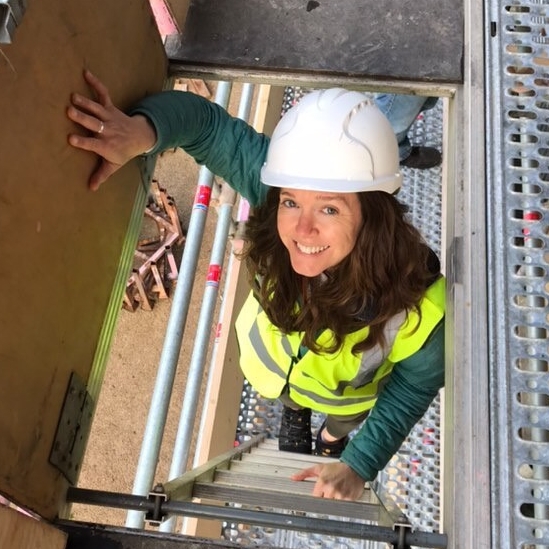
Application and portfolio
I was put on furlough in March 2020 and, not one for sitting around watching box sets, used the time to draft my application.
I had envisaged submitting it sometime in the next few years, as I thought that I would need some experience on meaty conservation projects first. However, following extremely helpful advice from Nick Dutton, I decided that with some work my application and case studies would be sufficient to submit last summer.
It took a couple of months to pull my application together and compile the best version. There isn't much literature available to help with this process, so my advice to others would be to contact as many accredited professionals as possible and talk to them about their experience, as well as continually referring back to RICS guidance, in particular the list of competencies.
Before I drafted my application, I listed the projects I could use. I chose those I felt most confident about in terms of my understanding of the building and site, and those I would feel comfortable discussing and being questioned on.
As per the guidance, I used one academic study – a proof of evidence for a public inquiry – while my other case studies were not necessarily large projects, in terms of either scale or value. They ranged from the refurbishment of a grade II listed timber-frame cottage before it was relet to the installation of a safe roof access system on grade I listed mansion Shugborough Hall (see photos below).
These provided examples of my conservation experience and met the criteria in terms of the competencies, and I focused on their historic significance and made sure each demonstrated my conservation philosophy. It was important to note in my application what helped me with my projects, including guidance documents, legislation, policy, advice from other conservation professionals and stakeholders.


Interview
Following submission of my application in July, it took around a month for RICS to confirm that it had been considered and accepted. The interview was then scheduled for early October. Between submission and interview, I met Florence Spaven, Ruth Mitchell and Nick Dutton online on a weekly basis. These sessions were invaluable; we questioned each other on our applications and rehearsed our 10-minute presentations.
The feedback we had from others who had been through the process showed that everyone has a different experience. Preparing for most eventualities was therefore the only option. A key piece of advice I received was to focus on what you do know, not what you don't: don't worry about what you can't control, turn the situation around and direct attention to what you feel confident talking about.
I felt very lucky; my two assessors at interview were great and put me at ease straight away. I enjoyed the experience, which involved much discussion and debate. Following my presentation there were many questions, some of which only needed simple answers. It was almost a quick-fire quiz to ensure I met the various levels of the competencies.
It was clear my assessors were looking for me to demonstrate my philosophical understanding and application of conservation, and my knowledge and understanding of the historic built environment with regards to fabric, materials, skills, construction history, performance and repairs. I ensured my answers, where possible, demonstrated my awareness of the history of conservation, the relevant guidance and policy, and my commitment to continued learning.
My aim was to clearly show my passion for conservation and enjoying what I do; that I was humble in difficult situations and respectful of others' point of view, experience and approach; and that, if successful, I would be an ambassador for both building conservation and RICS, engaging with others and passing on my knowledge.
'A key piece of advice I received was to focus on what you do know, not what you don't'
The future
I received my result the week after my interview and, of course, felt very proud of myself. The accreditation will, I hope, underpin the development of my career and my skill set.
For me, the benefits of having the accreditation are the opportunity to work alongside like-minded peers, promote RICS and the accreditation, and have my achievements, skills, knowledge and experience endorsed and recognised.
I was recently fortunate enough to secure a role at the National Trust; I have no doubt that the accreditation helped. I am now looking forward to starting work on some beautiful historic structures – including mansions, glasshouses and garden walls – as well as ensuring maintenance programmes are in place for the buildings that the trust cares for.
Rachael Parry MRICS is a building surveyor at the National Trust
Contact Rachael: Email
Ruth Mitchell MRICS
I've had a long-term interest in historic buildings. While at university in 2010, I attended the Historic Scotland Summer School. Now, I am a senior building surveyor at the National Trust, based at Cliveden in Buckinghamshire, where I manage building conservation projects across 31 buildings within the grade I listed site.
Before joining the trust in 2017, I worked at AECOM for two years where I became chartered. Taking the RICS Building Conservation Accreditation was the fulfilment of a long-term aim, demonstrating the passion I have for working in the conservation sector.
'The choice of case studies was critical – each project was picked to demonstrate experience in different conservation principles, and collectively to show my breadth of experience'

Application and portfolio
The greatest challenge during the application process was ensuring my summary of experience and case studies were within the maximum word count.
I wanted to demonstrate that I had achieved the level of competency required, but to do so there is a great deal to say in not so many words. I rewrote both the summary and the case studies on a number of occasions to get them right!
The choice of case studies was also critical. Each project was specifically chosen to demonstrate experience in different conservation principles and collectively to show my breadth of experience. I included projects I had worked on at the National Trust, including the following.
-
Hughenden estate wall repairs
This case study covered the survey, programming and repair of the walls I undertook in 2018, focusing on like-for-like repairs and truth to materials. The listed boundary walls are constructed from brick and knapped flint and are bedded in lime mortar. Mortar sampling was undertaken to ensure the replacement mortar was an appropriate match to the original, while locally sourced new bricks were also used as part of the repairs.
-
Hughenden stable block
This case study considered my work in refurbishing the visitor facilities in the stables – where the block and attached kitchen garden walls are grade II listed – in spring 2019, focusing on minimum intervention and reversibility. This involved internal redecoration and the refitting of the visitor washrooms, including new fixtures and fittings, finishes, and electrical and mechanical installations.
-
Windsor Lodge, Cliveden
In this case study, I reflected on work I completed in autumn 2019, focusing on retention of historic fabric and like-for-like repairs of the grade II listed building (see photo). Work included the conservation and traditional repair of the external structural timber frame, external joinery, lime-rendered infill panels and complete external redecoration. The project was shortlisted in the heritage category of the RICS Social Impact Awards 2020.
-
Blenheim Pavilion, Cliveden
This case study summarised my role in the identification and remediation of internal defects at grade I listed Blenheim Pavilion, which had arisen following extensive conservation work completed by others (see photo). My approach centred on minimum intervention and honest repair.
-
Cliveden conservatory
The key concepts in this case study were restoration, enhancing significance and minimum intervention (see photo). I took over an existing project to renovate the grade II listed conservatory, in particular designing a new timber-framed, single-glazed roof, reconfiguring the rainwater guttering and downpipes, improving internal environmental conditions and considering the likely impacts of climate change.
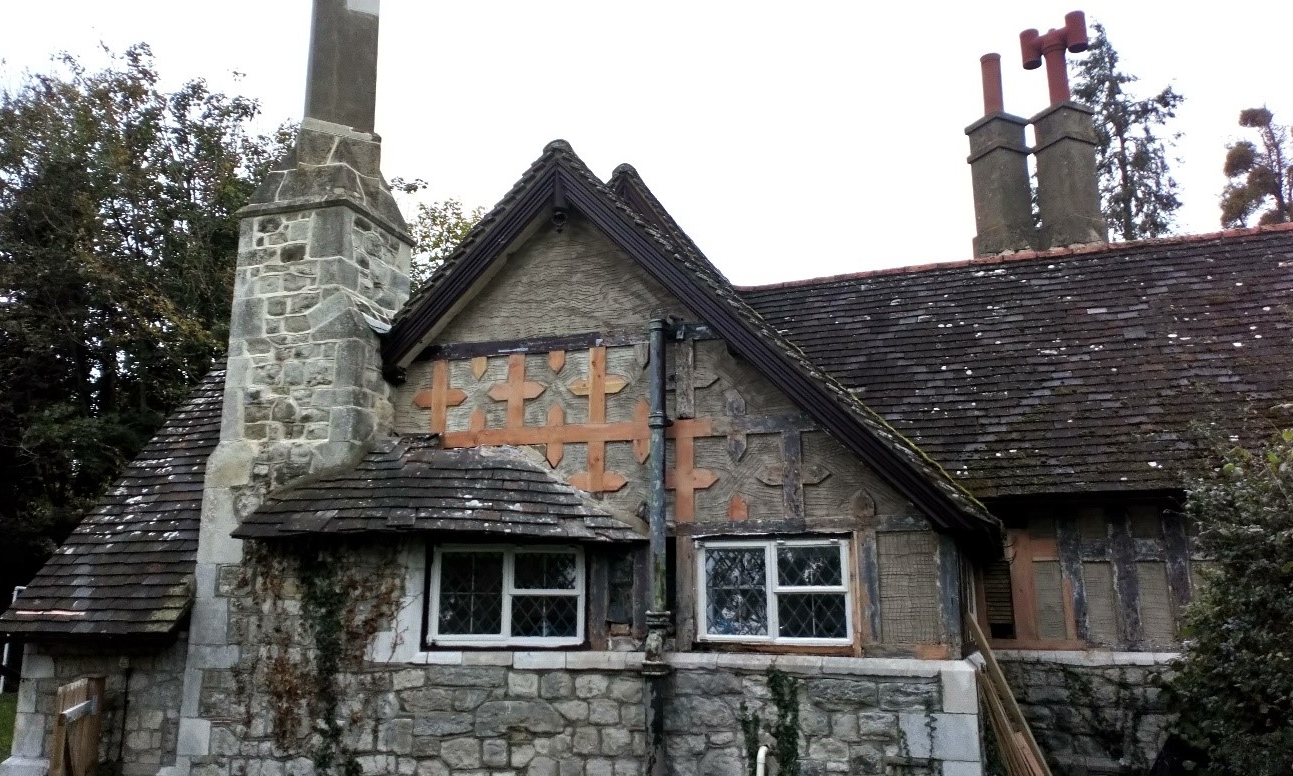
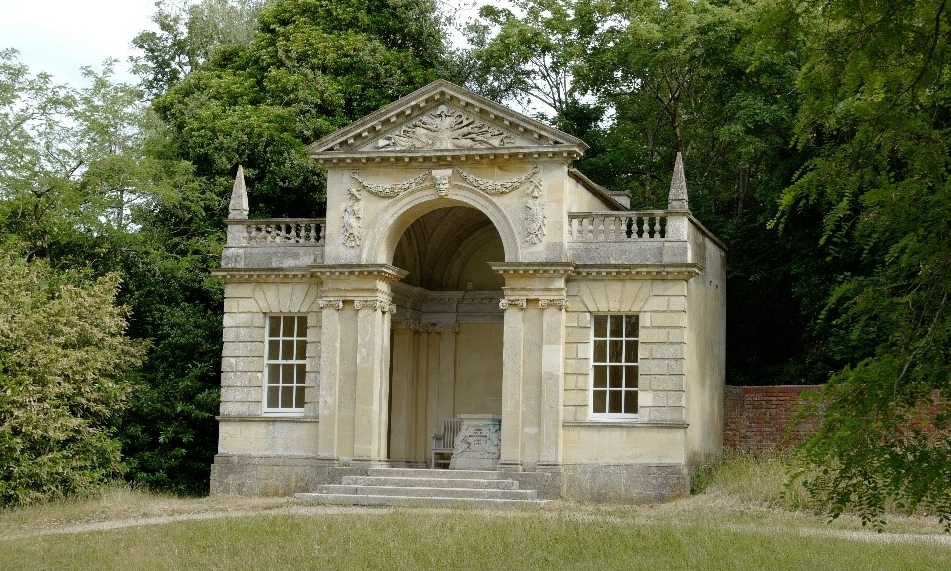
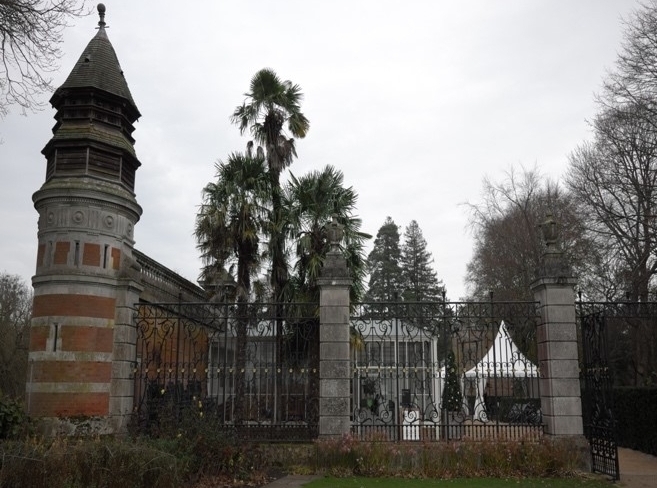

Interview
My final interview was completed via video link, which I found nerve-racking. I was particularly worried about problems with connectivity and sound but was thankful everything went smoothly on the day.
My interview commenced with a 10-minute presentation demonstrating my understanding of the principles and applications of building conservation. I focused on conservation principles, policies and guidance and how I apply these in my day-to-day role. I used the conservation definitions of change, included in English Heritage guidance as the basis for this, including examples of my work at each level of change. My examples ranged from routine management and maintenance to repairs, alterations and development.
There were two assessors on my panel, who took turns asking me questions on my presentation and my submission. They explored my knowledge, experience and understanding of the mandatory competencies, as expressed in my submission and presentation, and asked wide-ranging questions to understand my overall approach to conservation.
The future
I see the RICS Building Conservation Accreditation as the gold standard in the sector. Gaining accreditation demonstrates my competency to work on significant heritage assets and will guide my future career in building conservation.
Being accredited is a requirement for working on grant-funded heritage projects, and so opens the door for future opportunities. It also allows me to promote the scheme to other surveyors, and in particular encourage younger and female professionals like me to apply for accreditation.
Gaining accreditation has developed my conservation knowledge and improved my confidence working on heritage assets. Current projects I am working on include repairs to the grade I listed Cliveden House’s west link roof, the renewal of the grade II listed lead-covered roof over the laundry, and stone and brick repairs to the grade II clock tower and spa. I am also continuing the work described in my case studies on the conservatory and Blenheim Pavilion.
I have recently instructed survey work being funded by Historic England’s COVID-19 Emergency Response Fund and am developing proposals for the re-use of the former generator house at Cliveden. I am also working with the local authority to prepare a planning performance agreement and a listed building heritage partnership agreement across the estate.
Ruth Mitchell MRICS is a senior building surveyor at the National Trust
Contact Ruth: Email
'I see the RICS Building Conservation Accreditation as the gold standard in the sector'
Authors' top tips for undertaking the accreditation
-
Contact as many accredited professionals as possible and talk to them about their experience so you are well prepared.
-
Case study examples don't have to be massive projects; the most important thing is that they show a breadth of experience and a reasoned approach to the complexities of building conservation.
-
Don't be scared to discuss what didn't go well on projects during your interview. Use these examples as an opportunity to demonstrate what you have learned.
-
Try to get into the habit of relating everything in your case studies, presentation and interview back to RICS guidance, particularly the competencies.
Find out more about the RICS Building Conservation Accreditation
